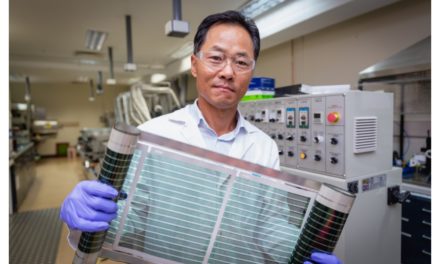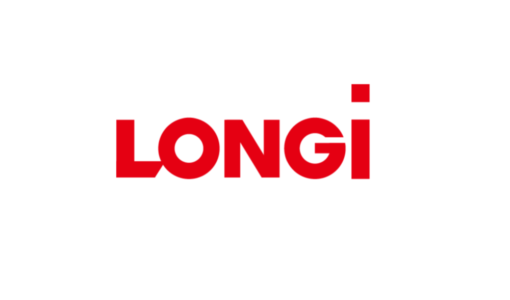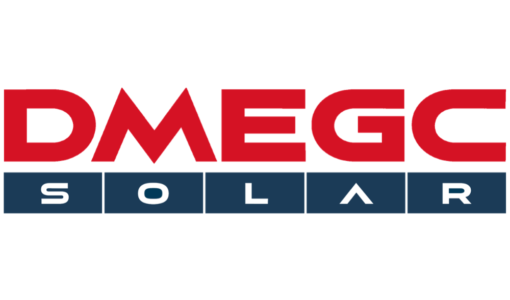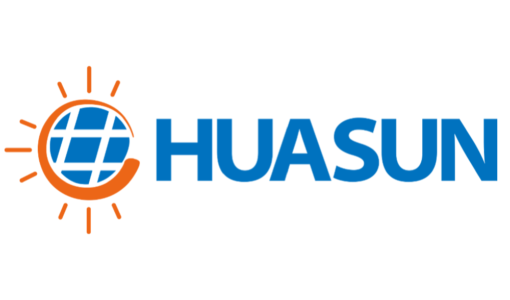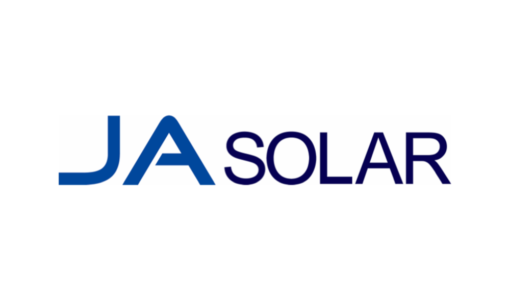- CSIRO-led research claims to have achieved ‘new efficiency record’ for fully roll-to-roll printed solar cells
- For individual small-area cells, they managed to reach 15.5% efficiency, while for large-area modules, the hit a maximum of 11%
- The team used perovskite solar cells, replacing gold with carbon-based inks that helps bring down the overall cost
Australian government agency for scientific research, the Commonwealth Scientific and Industrial Research Organisation (CSIRO) has announced a ‘clean energy breakthrough’ with a ‘new efficiency record’ for fully roll-to-roll printed solar cells.
Using hybrid perovskite solar cell modules, comprising serially-interconnected cells, they were able to achieve power conversion efficiencies of up to 15.5% for individual small-area cells with 19.9 mA cm−2 Jsc, 76.1% FF and 1.02 V Voc.
For large-area modules of 50 cm² with serially interconnected cells, the team achieved 11% efficiency with 192 mA current output, 62.3% FF and 4.59 V Voc in a reverse scan and 9.96% efficiency in a forward scan.
“Roll-to-roll printing allows for the solar cells to be manufactured on very long, continuous rolls of plastic, which can dramatically increase the rate of production,” explained CSIRO’s Renewable Energy Systems Group Leader Dr. Anthony Chesman. “As these methods are already widely used in the printing industry, this makes their production more accessible for Australian manufacturers.”
Perovskite solar cells were used for the research as these can be formulated into inks and used in industrial printers. These can be printed onto plastic films. Because these are lightweight, flexible and portable, these can be installed on practically any surface under the sun.
They even sent these printed flexible solar cells into space aboard Australia’s largest private satellite, Optimus-1, on Space X’s Transporter-10 mission earlier this month. A total of 8 mini-modules were attached to the surface of the satellite. The results of their performance in the harsh space environment will enable practical application of the technology in the near future.
For their roll-to-roll technique, the researchers replaced expensive metal gold for the cells with carbon-based inks. This step of replacing gold ‘dramatically’ reduces the cost of the panel while maintaining high performance, the team claims.
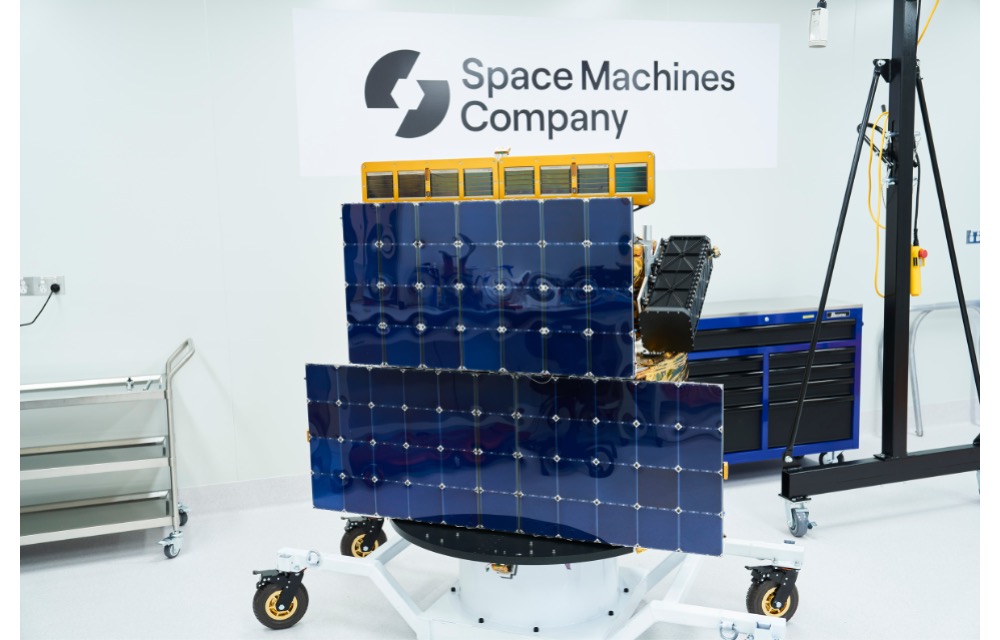
CSIRO says Australia-made printed flexible solar cells are currently being tested in the space after these were applied on Australia’s largest private satellite Optimus-1. (Photo Credit: Space Machines Company)
The researchers estimate a cost of ~0.7 USD/W for a production rate of 1,000,000 m² per year in Australia, with potential for further significant cost reductions based on the devices produced in this work.
CSIRO Principal Research Scientist Dr. Doojin Vak shares that the group also developed an automated system to rapidly produce and test over 10,000 cells/day. This enabled the team to identify the optimal settings for the various parameters in the roll-to-roll process and distinguish the conditions that deliver best results.
The Australian organization is now open to collaborate with industry partners to further develop and commercialize this technology.
CSIRO led the research team with members from the University of Cambridge, Monash University, the University of Sydney and the University of New South Wales for this study that’s funded by the Australian Renewable Energy Agency (ARENA).
Their detailed research work with the title The first demonstration of entirely roll-to-roll fabricated perovskite solar cell modules under ambient room conditions has been published in the scientific journal Nature Communications.


